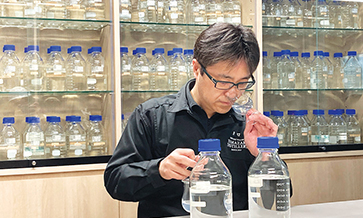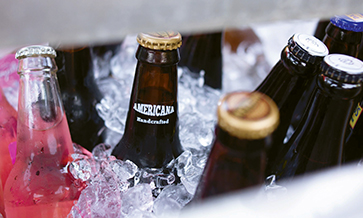Leading Pinot Noir producer Willematte Valley has teamed up with Saga Robotics, along with a raft of scientists from Cornell and Oregon State universities, to develop a sustainable new technology to tackle a serious vineyard threat caused by the powdery mildew disease.
The electric robot, called Thorvald, was shipped from Saga Robotics in Norway and now shuttles between the vines applying a special band of ultra-violet light called UV-C to protect them from damage caused by powdery mildew.
The UV light dispatched by the crafty robot is chemical-free, and replaces the more traditional method of using organic sulphur to fight the disease. Powdery mildew is one of the world’s most widespread plant diseases — from home gardens to almost every agriculture operation across the globe.
If left untreated, it can reduce crop yield by up to 95% and degrade wine quality by increasing acidity and reducing anthocyanins, posing a serious threat to wine growers.
In the US alone, more than 100 million pounds of chemical fungicides are used each year to combat the disease. However, over time, powdery mildew has developed resistance to many modern fungicides, requiring an ever-increasing rotation of chemicals to keep it at bay.
The Covid-19 pandemic and the need to kill the Coronavirus hastened the study to understand if UV-C light could be used to kill viruses and fungus naturally, without the use of chemicals. Willamette will be the first winery to replace its use of organic sulphur with this more sustainable method of protecting its grape vines against the disease.
The UV-C light treatment must be delivered in high doses, at low speeds, and at night time, to circumvent the natural defences of powdery mildews to UV, conditions which would render human-controlled tractor applications inefficient and costly.














